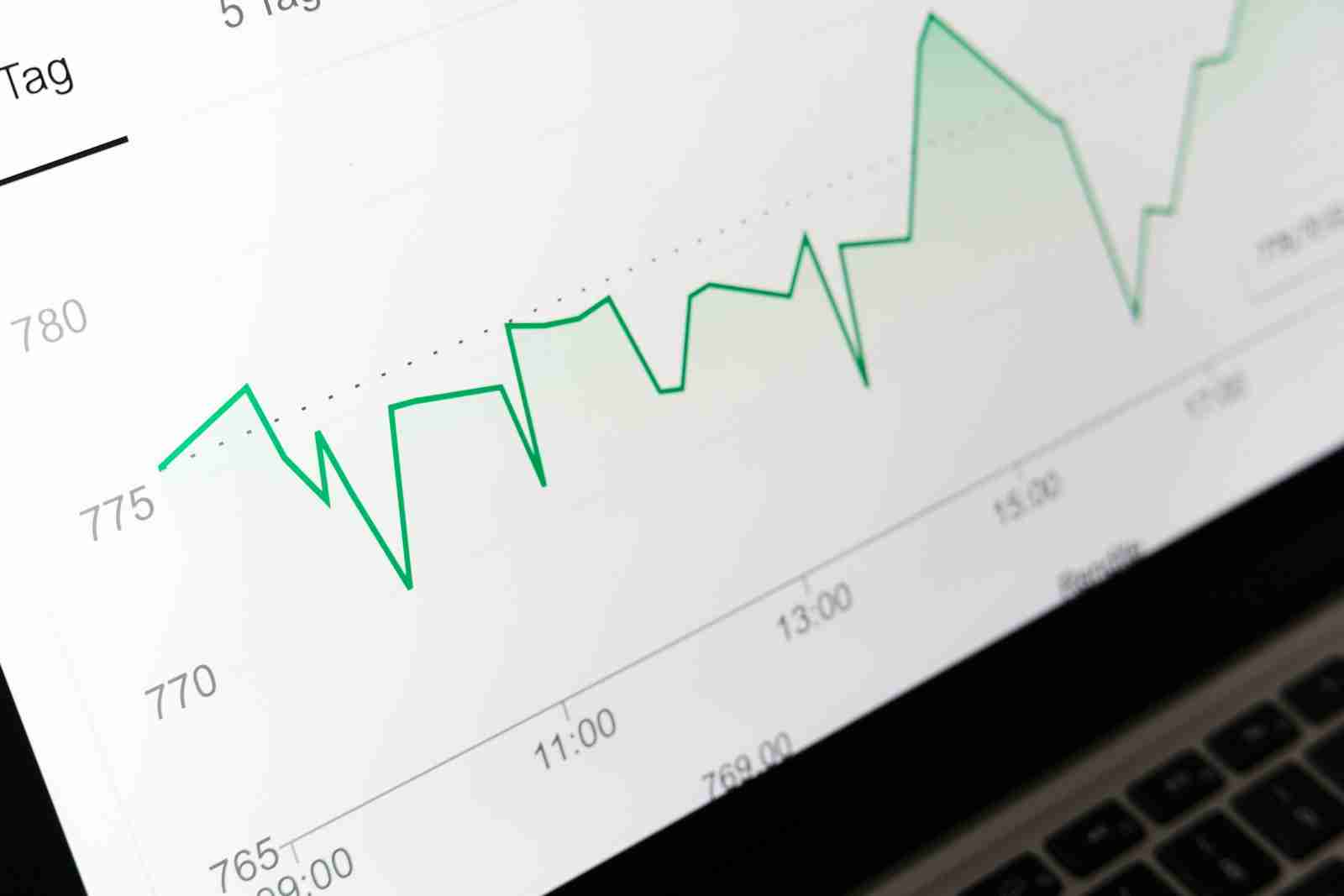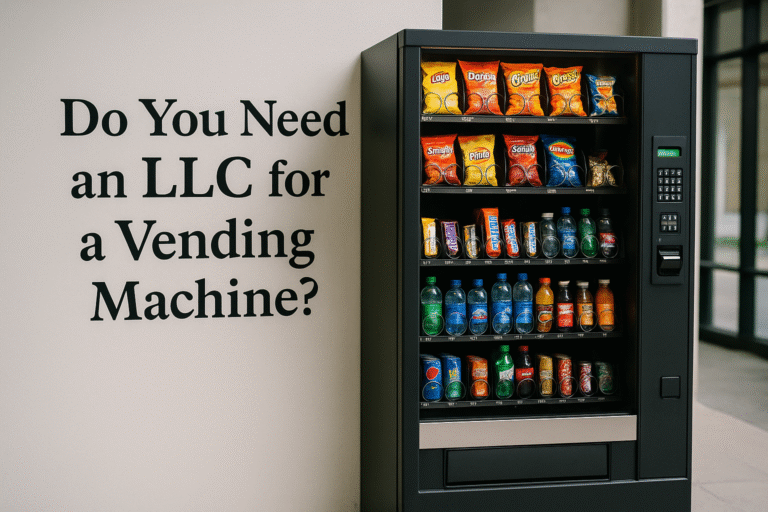¡Envío fijo a Puerto Rico: $1,200 en tu primera máquina y solo $375 por cada adicional! Envíanos un WhatsApp
How Much Can a Vending Machine Make?

Vending machines have become a staple of convenience in public places, schools, offices, and even residential complexes. These machines offer everything from snacks and drinks to tech gadgets and personal care items. But if you’re considering investing in one, you’re probably wondering: How much can a vending machine make? The answer depends on several factors such as location, product selection, machine type, and maintenance.
In this guide, we’ll explore the various factors that influence vending machine revenue, realistic profit expectations, and how you can maximize your earnings.
1. Understanding Vending Machine Revenue Potential
The average vending machine in a good location can generate anywhere between $75 to $300 per week. For high-traffic locations like airports, malls, or office complexes, this number can climb as high as $500–$1,000 per week. On the flip side, poorly placed machines may only bring in $30–$50 per week, which is why location is a critical factor in profitability.
However, raw revenue doesn’t give you the complete picture. It’s equally important to understand profit margins, operating costs, and product variety.
2. Factors Affecting How Much a Vending Machine Can Make
a) Location
The biggest determinant of vending machine profitability is location. Areas with high foot traffic such as schools, gyms, offices, and shopping malls naturally have better revenue potential.
- High-Traffic Areas: Ideal for snack and beverage vending machines.
- Gyms: Great for health-focused products like protein bars, sports drinks, or healthy snacks.
- Schools: Cater to students with snacks, candy, and drinks.
Pro Tip: Ensure the location matches the product offerings. A vending machine with protein shakes won’t perform well in an office but may thrive in a fitness center.
b) Product Selection
The more relevant your products are to the location, the more sales you’ll generate. Product variety is key to attracting repeat customers.
- Snacks & Drinks: These are classic, high-demand items.
- Tech Gadgets: Popular in airports and large tech companies.
- Healthy Options: Increasingly preferred in gyms, schools, and corporate offices.
- Specialty Items: Vapes, CBD products, and energy supplements are gaining traction in niche markets.
By stocking products that cater to the needs of the target demographic, you can increase the likelihood of consistent purchases.
c) Machine Type
Modern vending machines come in various forms, and choosing the right one can make a big difference in your earnings. Let’s look at the most common types:
- Snack and Drink Machines: The most popular type, often found in schools, gyms, and office buildings.
- Smart Vending Machines: Equipped with touchscreens and cashless payment systems, offering a better user experience.
- Combo Vending Machines: Offer a mix of drinks, snacks, and even refrigerated products.
Smart vending machines or combo machines can generate more revenue because they accept multiple payment options (cash, card, mobile) and provide a wider variety of products.
3. Average Monthly Earnings
To give you an idea of potential earnings, here’s an overview based on different locations:
| Location Type | Weekly Revenue | Monthly Revenue | Annual Revenue |
|---|---|---|---|
| Office Building | $100–$300 | $400–$1,200 | $4,800–$14,400 |
| School or University | $150–$500 | $600–$2,000 | $7,200–$24,000 |
| Gym or Fitness Center | $200–$600 | $800–$2,400 | $9,600–$28,800 |
| Airport or Mall | $500–$1,000+ | $2,000–$4,000+ | $24,000–$48,000+ |
These figures show that vending machines can be a lucrative investment if placed strategically and stocked with the right products.
4. Costs That Affect Your Profit
It’s important to consider operating costs, which can eat into your profits if not managed well.
a) Initial Investment
- Machine Cost: Basic machines range from $1,500 to $5,000, while smart vending machines can cost $7,000–$10,000 or more.
- Installation Costs: If you require specialized setup, it could add extra costs.
b) Maintenance and Repairs
Regular maintenance ensures smooth operation, but unexpected repairs can occur. Budget for maintenance fees or service contracts.
c) Product Restocking
The cost of restocking products is typically a major ongoing expense. The goal is to maintain a high-profit margin by sourcing products at wholesale rates.
d) Electricity
Vending machines consume electricity, and the costs can vary depending on the machine’s efficiency. Machines with refrigeration systems tend to have higher power consumption.
e) Commissions
If you’re placing the machine on someone else’s property, you may need to negotiate a commission. This typically ranges from 10% to 25% of revenue.
5. Maximizing Vending Machine Profitability
To maximize your earnings, follow these tips:
a) Regularly Analyze Sales Data
Modern vending machines often come with built-in analytics tools. These help you track the best-selling products and identify under-performing ones.
b) Stock High-Margin Items
Focus on products with high profit margins, such as snacks and specialty drinks, to boost your overall revenue.
c) Offer Cashless Payment Options
Machines that accept mobile payments, credit cards, and digital wallets see increased sales compared to cash-only machines.
d) Optimize Restocking
Restock frequently to ensure you don’t run out of popular items. At the same time, avoid overstocking items that don’t sell well.
6. How Smart Vending Machines Can Boost Income
Smart vending machines are equipped with features like remote monitoring, cashless payment systems, and targeted advertising. They can help:
- Increase Convenience: By accepting various payment methods, they attract more customers.
- Reduce Downtime: Remote monitoring lets you track inventory and address maintenance issues quickly.
- Enhance Customer Engagement: Digital screens can display ads, promotions, or nutritional information, creating additional revenue opportunities.
7. Case Study: Small Business Owner’s Vending Success
Sarah, a small business owner, placed three smart vending machines in a corporate office, gym, and school. Here’s a breakdown of her earnings:
- Corporate Office Machine: Generated $800 per month by offering snacks and drinks with cashless payment options.
- Gym Machine: Generated $1,500 per month, selling protein shakes, healthy snacks, and energy drinks.
- School Machine: Generated $1,200 per month, offering affordable snacks, bottled water, and granola bars.
Sarah’s ability to analyze sales data, adjust inventory, and target the right demographic helped her grow her revenue to $3,500+ per month.
8. Final Thoughts: Is a Vending Machine a Good Investment?
The potential earnings of a vending machine depend largely on its location, product variety, and operational efficiency. By selecting high-traffic locations, offering desirable products, and utilizing smart technology, vending machines can become a consistent source of passive income.
Quick Recap:
- High-traffic areas generate higher revenue.
- Smart machines and cashless payment options boost sales.
- Regular maintenance and product restocking are key to sustaining profitability.
Ready to start your vending machine venture? With the right strategy, you could turn this simple machine into a revenue-generating powerhouse.




